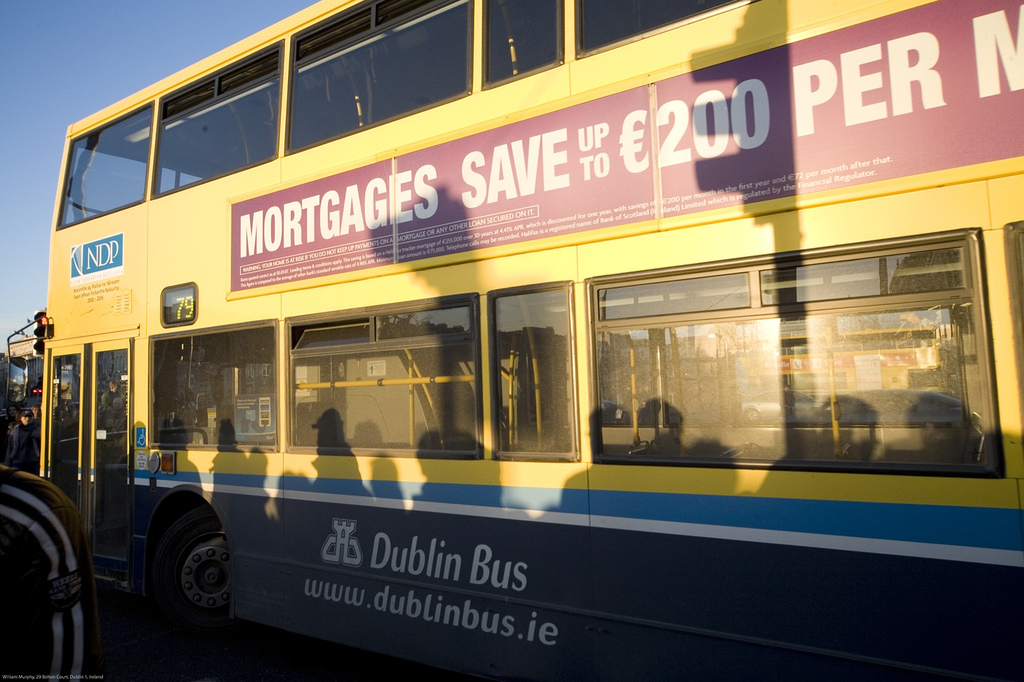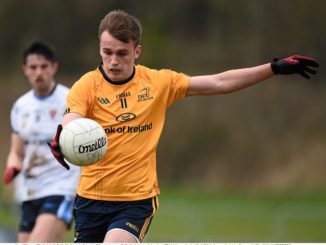
A record number of female TDs were elected to the 32nd Dáil Eireann, which has been credited to the introduction of gender quotas.
The Union of Student’s in Ireland (USI) welcomed the impact the introduction of this legislation had on the formation of the next government. president, Kevin Donoghue:
“The new 32nd Dáil has the highest ever number of female TDs – 22 per cent, up from 15 per cent, an increase of 47 per cent,” said USI President, Kevin Donoghue:
He added that four in five politicians are still male, but the quota creates a diversity of voices in Leinster House, leading to more robust decisions and aiding the creation of a more equal, broader and more dynamic society in Ireland.
Ireland currently ranks joint 86th of 140 countries worldwide in relation to political representation of women, alongside North Korea and South Korea.
Ellen O’Malley Dunlop hopes to be the first female candidate elected since Gemma Hussey in 1981. She was the first female candidate to announce her running for the NUI Seanad Election 2016:
“The Seanad needs to move closer to Gender balance. It’s beginning to work in the Dáil and it will work in the Seanad too.
Female political representation between 1977-2011 suggests that it’s not the electorate that is biased against women but that women’s under representation in the Dáil is rather linked to the candidate selection process, cash, child care, confidence and culture.”
The introduction the Gender Quota Bill in 2011 increased the female candidates elected in the 2016 General Election. Section 42 of the bill halves the state funding of political parties who fail to ensure at least 30 per cent of their general election candidates are women and 30 per cent are men.
Áine Marie Monk




Leave a Reply